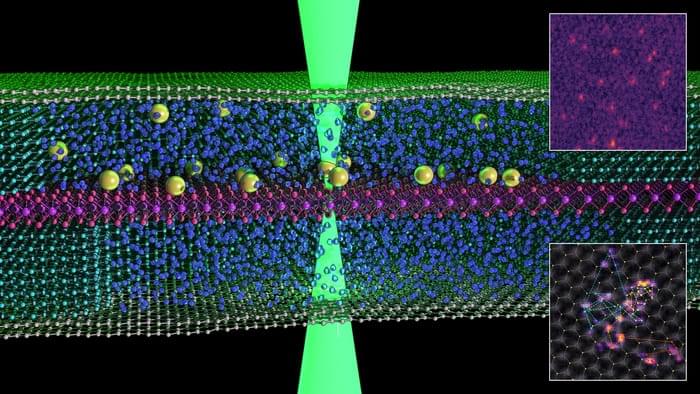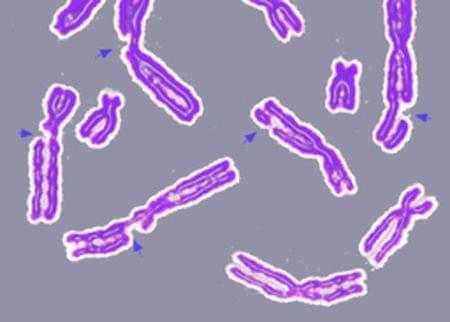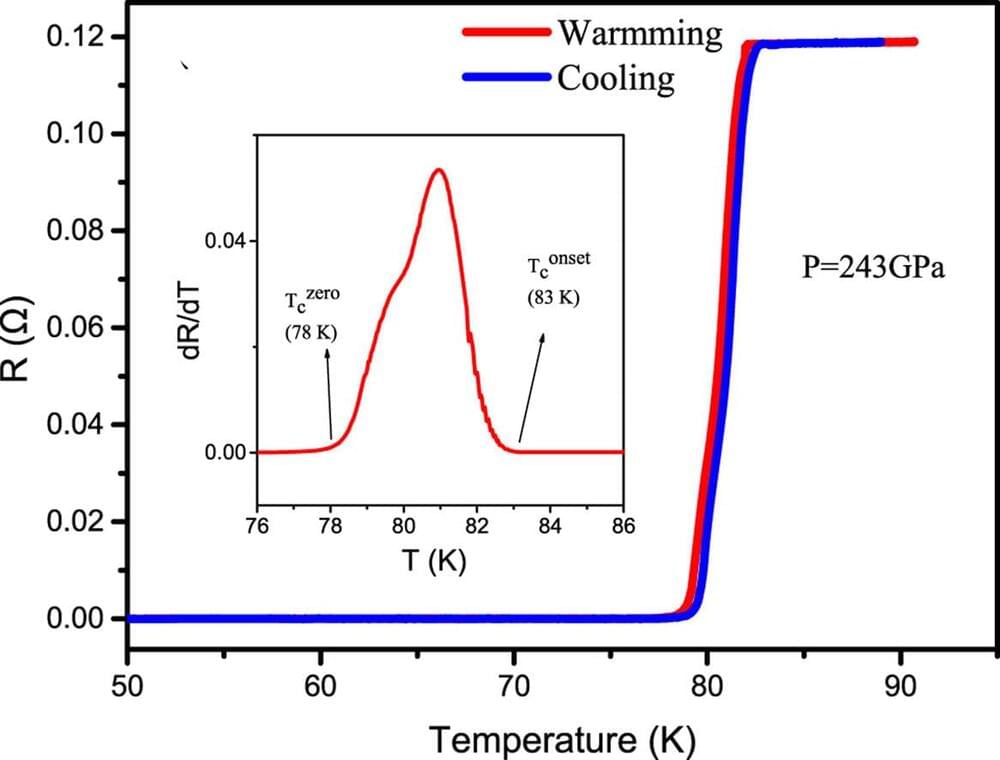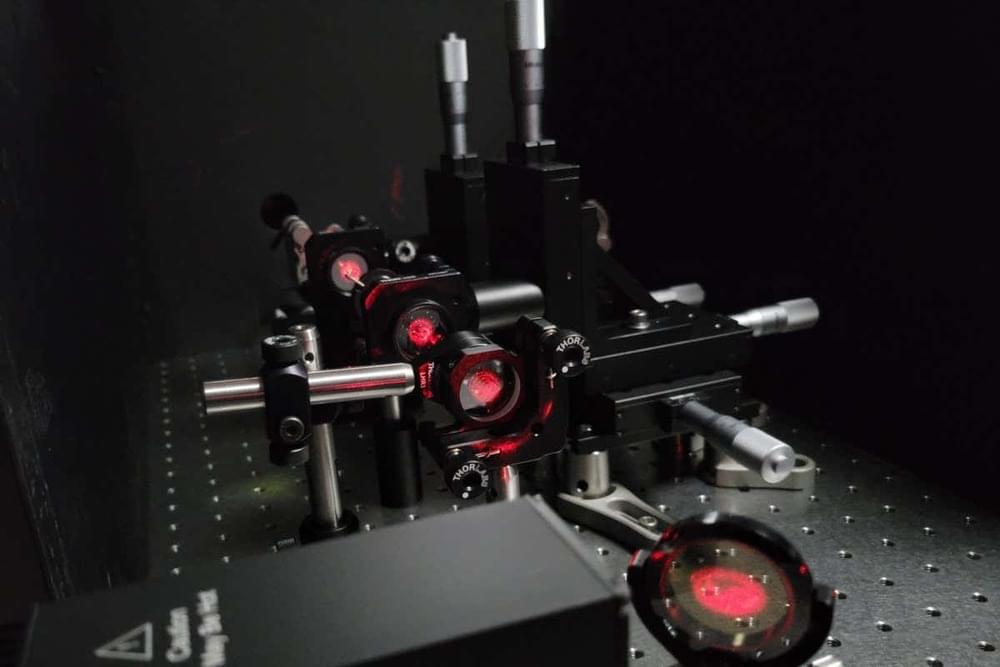A multidisciplinary team of Indiana University researchers have discovered that the motion of chromatin, the material that DNA is made of, can help facilitate effective repair of DNA damage in the human nucleus — a finding that could lead to improved cancer diagnosis and treatment. Their findings were recently published in the Proceedings of the National Academy of Sciences.
DNA damage happens naturally in human body and most of the damage can be repaired by the cell itself. However, unsuccessful repair could lead to cancer.
“DNA in the nucleus is always moving, not static. The motion of its high-order complex, chromatin, has a direct role in influencing DNA repair,” said Jing Liu, an assistant professor of physics in the School of Science at IUPUI. “In yeast, past research shows that DNA damage promotes chromatin motion, and the high mobility of it also facilitates the DNA repair. However, in human cells this relationship is more complicated.”








